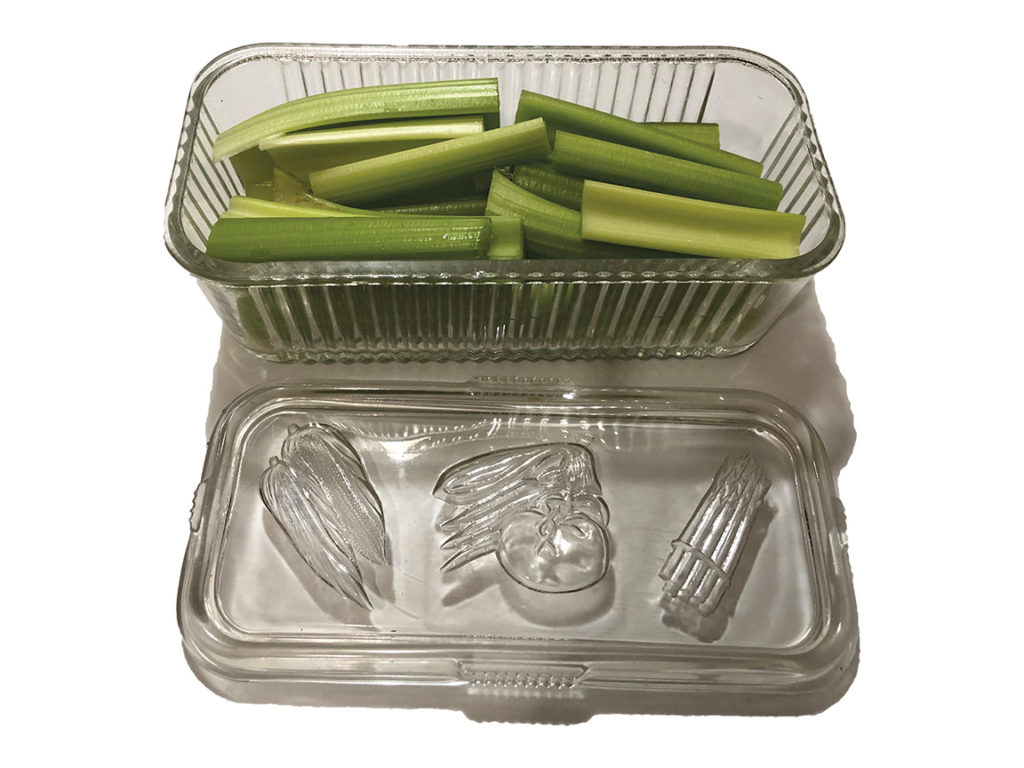
Dorri Partain
Contributor
As homemakers embraced electric refrigerators, first introduced for home use in 1927, they were now able to safely store leftover food.
Early refrigerators, also called an“icebox,” were just that; a wood cabinet lined with zinc or tin that held a block of ice.
Homemakers were advised to purchase small quantities to reduce the risk of spoilage and often went to the market every day for perishable foods.
With a reliable source for cold storage, homemakers could store a variety of foods longer but needed containers that were sanitary, stackable, and attractive.
Pyrex, a division of Corning Glass, had introduced a line of durable clear glass baking dishes for home use by 1915, durable enough that they could go from the oven to the refrigerator, and vice versa.
By adding a fitted lid, a new product line, “refrigerator dishes,” was introduced and quickly embraced by homemakers ready to replace crockery and tins that held smells, stains, or rusted.
Refrigerator manufacturers such as General Electric and Westinghouse offered consumers refrigerator dish sets, emblazoned with their logo, as an incentive for purchase, and additional glassware companies (Anchor Hocking, Hazel Atlas, Hall China, and Federal) designed sets in various styles, patterns, and colors.
While pieces could be purchased separately, a set included one large square dish, one oblong, and two smaller squares, with the oblong and squares sized to stack on top of the larger square.
The lids could also be used separately as hot pads, trays, or platters while the bottoms could be used as attractive serving pieces.
Following World War II, new developments in plastic production lead to a new concept in food storage, Tupperware.
By 1948, Earl Tupper had produced a full line of storage options with fitted lids, much like a paint can, that sealed better and was not breakable.
Eventually, the advantages of plasticware as spill-proof, lightweight, flexible, and compact, overtook the popularity of refrigerator dishes, but with concerns about using and reducing plastic, glassware is slowly making a comeback as a food storage option.


















